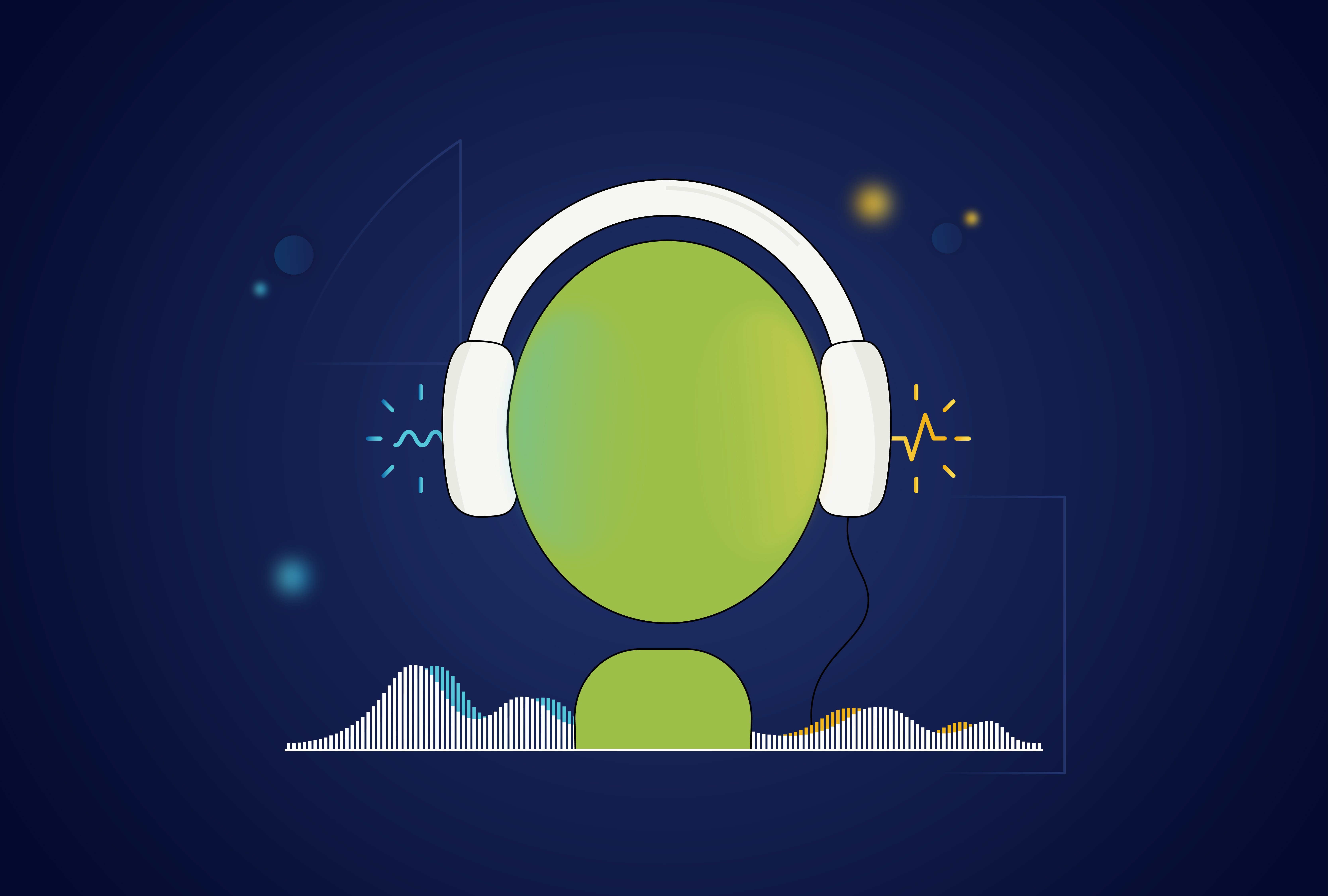
Technology is making exciting strides in bridging accessibility gaps for individuals with visual impairments. Through the integration of sound, specifically binaural soundscapes, accessible technology is creating new avenues for blind individuals to access information, navigate their surroundings, and engage in a diverse range of activities. But how does this work, and what is the science behind the creation of binaural soundscapes?
What Are Binaural Soundscapes?
The term "binaural" is derived from the Latin words "bi" (meaning two) and "auris" (meaning ear), indicating sound which is heard by both ears. Our ears possess the ability to gauge direction and distance of sounds. In binaural audio, the intention is to replicate the way human ears perceive sound in real life. By capturing or reproducing sound from multiple directions and transmitting it separately to each ear, binaural audio can create the illusion of sound coming from different positions in space. Binaural soundscapes replicate this process through binaural recording, capturing the nuanced time and intensity differences that occur as sound waves reach each ear.
Binaural soundscapes are built upon an understanding of how the human auditory system processes sound. Our brain deciphers the direction of a sound source by analyzing the differences in timing and intensity between the sound perceived by each ear. This is known as the interaural time difference (ITD) and the interaural level difference (ILD), respectively. When a sound originates from the left or right, it arrives at one ear before the other, and it's louder in the ear closer to the source.
To recreate this experience, binaural recording techniques use microphones placed in the ears of an anatomically accurate model head. The microphones capture sound as human ears would, preserving the ITD and ILD cues. When this binaural recording is played back through headphones, it creates an auditory illusion of sound coming from different directions.
Harnessing Binaural Soundscapes for an Inclusive Future
Binaural Soundscapes can play many different parts in an inclusive future. Take navigation, for example, where the fusion of binaural soundscapes are highly effective: traditional navigation tools are often reliant on visual cues, which can be limiting for the blind community. Binaural sound technology can act as an auditory compass, providing real-time cues for traversing streets, intersections, and indoor spaces. Or, in education, binaural soundscapes open new doorways for learning: immersive audio simulations can further enrich educational experiences. Complex scientific concepts that rely heavily on visual representation, such as graphs and tables, may be transformed into soundscapes with data points on a graph becoming distinct auditory cues, creating a sonic representation of information.
Binaural soundscapes can enhance recreational experiences as well. An athlete who is blind or visually impaired may benefit from this technology, with a ball's movement tracked with real-time auditory cues, increasing their ability to anticipate its trajectory. Or with video games, spatial audio powered by binaural soundscapes immerses players in a realm where sound guides them through virtual landscapes, allowing players to decipher their surroundings and explore a digital world through their ears.
As the potential of binaural soundscapes becomes increasingly evident, its implementation within products and experiences is expected to keep growing. There are two key things creators should keep in mind:
- Create an influential role for people with disabilities in the development of this technology: engagement in meaningful conversations with blind and visually impaired individuals will provide invaluable guidance for the design and implementation of binaural soundscapes.
- Keep the end user in mind, developing applications that cater to the unique needs and preferences of people with disabilities but avoid being meaningless gimmicks.
By embracing the science of auditory perception and the art of utilizing sound as a navigational tool, we can pave the way for further advancements in accessible technology. Through these technologies, we can provide more avenues for individuals who are blind to navigate, learn, and play, creating inclusive spaces for everyone.
About AFB Talent Lab
The AFB Talent Lab aims to meet the accessibility needs of the tech industry – and millions of people living with disabilities – through a unique combination of hands-on training, mentorship, and consulting services, created and developed by our own digital inclusion experts. To learn more about our internship and apprenticeship programs or our client services, please visit our website at www.afb.org/talentlab.